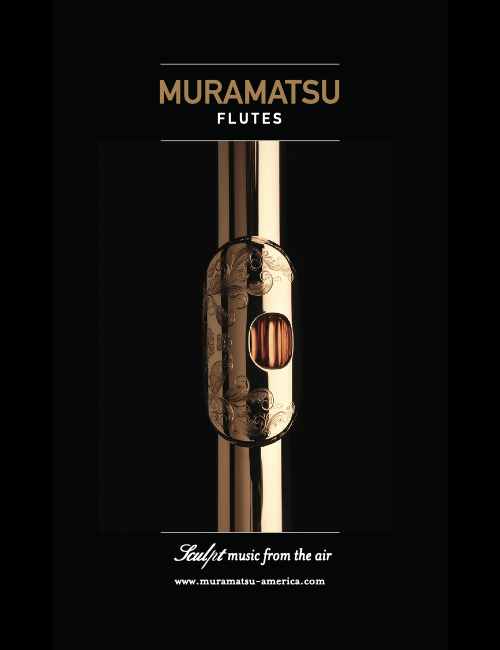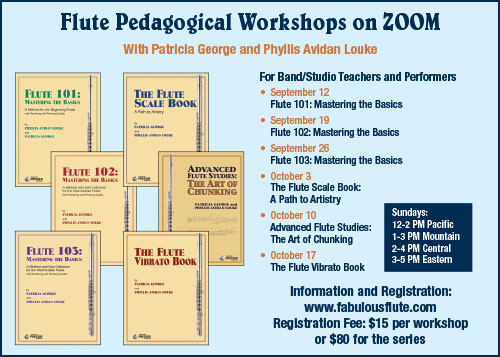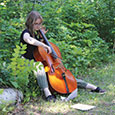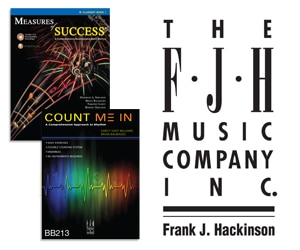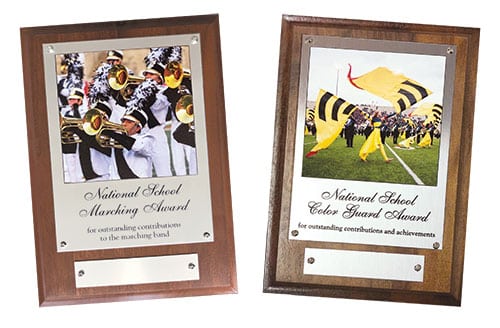One of the most difficult tasks in teaching is determining what the student does not know. In the first lessons, it is necessary to take an assessment of where the student is and what areas need to be rebuilt from the foundation on up.
Dealing with the Case
A college violin professor colleague remarked that he could tell what level of advancement a prospective student was before hearing them play by simply watching how they took the violin out of the case. An advanced student, who possesses a more expensive instrument, carefully and slowly removes the violin from the case while a less experienced student exhibits little care or respect for the instrument by quickly removing the violin from the case and perhaps accidentally banging the instrument on the case or table.
This scenario is often repeated in the flute studio. The student quickly removes the flute from the case and begins to put the flute together without aligning the tenon on the footjoint with the tenon box (or receiver) on the body of the instrument. Then the headjoint is inserted at an angle which with repeated attempts, the end of the headjoint is no longer round. Inexperienced students do not realize how critical the fitting of the tenon and tenon box are to the flute having the capability to produce a ringing sound. Inexperienced flutists may also grab the keys when assembling the flute rather than placing the hands on the tubing where there are no keys. Grabbing the flute by the keys can bend the keys while the natural oils on our hands have an adverse effect on the pads.
How many of us take the time to teach how to take the flute out of the case other than in beginner lessons? And, how many of us also take the time to how to take the flute apart after practice sessions or lesson and replace in the case? While discussing assembling the flute with students, remind them that there should be nothing in the case except the flute. Cleaning rods, pencils, pens, glasses, phone, and change are best kept in a zippered compartment of the case cover or flute bag. A couple times a year, have your handi-vac available for students to vacuum the case. The lint that appears over time can affect the performance of the pads and rods.
Aligning the Flute
I asked a clarinet professor friend if his students aligned their instruments well. He said he had never thought about it, but the next day checked the students’ alignment and found that not one had the clarinet adjusted correctly. This is true for flutists too. The better you become as a player, the more you strive for consistency. The only way to have consistency is to have the flute aligned the same way each time you play.
There are three common threads in aligning the headjoint of the flute with the body. The classic alignment which was taught by Joseph Mariano, William Kincaid, Julius Baker, and Frances Blaisdell aligned the center of the embouchure hole with a line in the center of the right-hand keys. There is another group of flutists that prefer a modified Rockstro which aligns the outside of the embouchure hole with a line in the center of the right-hand keys. In some areas flutists play with a full blown Rockstro where the embouchure hole is rolled in even more. The Rockstro position results is having the right shoulder in an uncomfortable position, so in the US, it is not in favor as eventually the flutist will experience pain.
In beginning lessons, many teachers align the headjoint and mark straight lines on the headjoint and body several times around the tube to aid in aligning the headjoint. These marks last only a few weeks and then must be redone. As students advance, they will be able to place these marks themselves.
Stance
How students place their feet when playing tells you a lot. Students who play in a marching band have been taught to play with the feet side by side. However, the flute is an asymmetrical instrument and should be played with the left foot in front and right foot in back. Other asymmetrical instruments are the bassoon, French horn, trombone, tuba, and strings. Marching band rules also require the flutist to hold the flute parallel to the marching field with the elbows up. Most professional flutists turn the head to the left and then let the flute angle down somewhat and let the arms hang which positions the elbows in a more down position.
Warmup
When listening to a flutist warmup, band trained flutists often play long tones on a Bb major scale and continue with the type of warmup a band might use. They may only know a few scales (F, B flat, E flat, G). A good warmup includes harmonics for embouchure agility, articulation strokes (T, K, Hah, TK and TKT), trills (for warming individual fingers), finger patterns (half and whole step, gruppettos, mordents, top octave), vibrato work, and the theoretical material such as scales of all kinds, thirds, sixths, arpeggios, and seventh chords. From a student’s warmup, you can calculate what is missing and develop a plan to fill in the gaps over the next months. Working with a printed circle of fifths and a photo of a one or two octave keyboard helps in explaining what half and whole steps are and how scales are constructed.
Etudes
Many students arrive with no etude books; others arrive with etude books in which only regional and all-state etudes have been studied. Many times, I have asked, “What etudes have you studied?” and received the reply, “Some in the blue book and a few in the red book.” This response offers little help in learning what the student has worked on in the past. There are many blue and red books.
Students often view etudes as the weekly torture; however, as their theoretical technical skills improve, so will the ease in which etudes are learned. This is one of the best reasons to teach scales and arpeggios. Some students are not used to preparing one to four etudes a week. They have very poor practice skills to use in learning new material. Here is a simple practice outline that the students can use and then check off once done. In the early lessons, the teacher should mark the breathing places that are appropriate for the student’s size and advancement. I also mark the section so the flutist learns that once he has mastered the first 16 measures, it is repeated at the end with few alterations.
Tongue each note 4 times, 3 times, 2 times using varied tempos.
Tongue each note 1 time, using T, K, or Hah, at a slower tempo.
Chunk by beamed notes. In 4/4, this would be also by beat.
Chunk by one measure, then two, then four.
Metronome work: start slowly and work up a few ticks each day.
Piano methods often have four books for the student to use at the same time. These may address technique, simple pieces or etudes, performance repertoire, and theory (note-speller). While flute method books are usually inclusive of many of these things, this curriculum may be duplicated by assigning etudes in several books that are in the same key. Key saturation is more beneficial to the inexperienced student than changing key every week. Once the student is advanced, changing keys in each lesson offers benefits that are more useful at that stage of development. A good entry point for students who have only studied in a band program are etudes by Kohler, Kummer, and Gariboldi. These may be found as a free download on www.imslp.org. If you enjoy adding duets to the curriculum, then search flute duets on imslp.
Solo Repertoire
For over 20 years I taught at a summer music festival. Sometime each spring I listened to audition recordings to select 10 flutists to attend the festival. I heard some amazing Hue Fantasies and Nielsen Flute Concertos only to find when the student arrived at the festival, they had extremely poor sightreading and theoretical technical skills. When the audition level and the in-person performance level was on two such varied levels, I added to the audition form, “How long have you been working on this music?” The answers surprised me – two years, three years etc. Recently I was talking with a university professor who also had noticed the discrepancy between recorded auditions and in person auditions. The professor said he too had added, “How long have you been working on this music?” to his list of questions. Teaching a flutist music by rote is a slow process and really doesn’t make the flutist more advanced in the future. He may be able to play a challenging piece because it has been parrot-taught to him, but as a functioning musician, there simply isn’t anything there.
When I re-auditioned students for the festival or for university ensemble placements, I added a simple sightreading piece. One of my favorites was by Kuhlau, 8-bars long, in 3/4 meter, G minor, and with some dotted quarters. Almost every flutist stumbled someplace in the melody and later apologized for their poor sightreading skills. Most students have played very little in 3/4 meter and in minor keys. It is a telling experience for them when confronted with sightreading simple melodies.
This leads me to encourage teachers to select level appropriate solo repertoire. While is it fun for us to teach the concertos by Ibert, Nielsen, etc., many students never learn the intermediate level repertoire which includes Handel, Telemann, and Vivaldi Sonatas, and works by Donizetti, Bizet, Gluck, Godard, Andersen, and Kohler. Teaching this repertoire first means when the student is ready for the Ibert et al, he will be able to learn it by reading the notes and understanding the rhythm rather than by rote instruction.
Last Caution
When teaching pedagogy seminars, I encourage teachers to go slowly and thoroughly building a foundation from the bottom up. This takes patience. I also encourage teachers to teach what the student needs rather than what interests the teacher. Each of us in our enthusiasm for the flute and music would really like to talk about what we are thinking and practicing, but for the students these topics may be years off.

